To reintroduce the exquisite and often overlooked art of limar weaving, the Museum of Asian Art, University of Malaya proudly presents the exhibition "The Forgotten Tradition of Limar Weaving.” This exhibition seeks to bring attention to this nearly forgotten aspect of Malay textile heritage, showcasing the museum’s impressive collection and shedding light on the intricate craftsmanship involved in its creation.
The exhibition, spanning four months from April 24 to August 24, features a rich array of Limar weavings that highlight Malay artisans' unique and refined techniques. This museum boasts a collection of 78 Limar textiles, each reflecting diverse decorative arts and production methods. Despite its decline in modern times, efforts by local weavers and institutions are ongoing to revive this traditional art form.
Limar textiles are believed to be inspired by the patola cloth imported from India, which was highly favored by the Malay royalty and nobility. According to historical records, such as those by R.O. Winstedt, the trade with India introduced silk fabrics to the Malay courts, which became the preferred choice for royal attire
Patola textiles, exported to the Malay Archipelago since the 16th century, are renowned for their double ikat technique, which involves pre-dyeing both warp and weft threads before weaving. Upon reaching the Malay world, this complex art form inspired local adaptations known as Limar. Like patola, Limar is created using a tie and dye method on silk threads, although only the weft threads are dyed, resulting in distinctive patterns.
This exhibition showcases the various Limar weavings from the museum’s collection and delves into the extensive research on Malay textiles. Visitors will explore the basic structure of Limar cloth, its historical usage, diverse motifs, and the techniques involved in its creation.
The exhibition also categorizes and sub-categorizes the different types of Limar, providing a comprehensive understanding of this heritage art form.
Historically, Limar cloth was reserved for royalty and nobility due to its intricate motifs, the inclusion of gold threads, and the elaborate dyeing process. It was prominently featured in important ceremonies and life events, such as births, weddings, circumcisions, and even death rituals. The exhibition details these traditional uses, illustrating the cultural significance of Limar cloth in Malay society.
To complement the exhibition, a series of talks and weaving workshops will be conducted, offering deeper insights into the art of Limar weaving. These activities aim to educate the public and foster appreciation for this intricate craft. Further details about these programs can be found on the official website and social media pages of the Asian Art Museum, University of Malaya.
Through this exhibition, the Museum Asian Art aspires to revive interest in Limar weaving and celebrate its place in Malay cultural heritage. Join us in this journey to rediscover and preserve the art of Limar weaving for future generations.
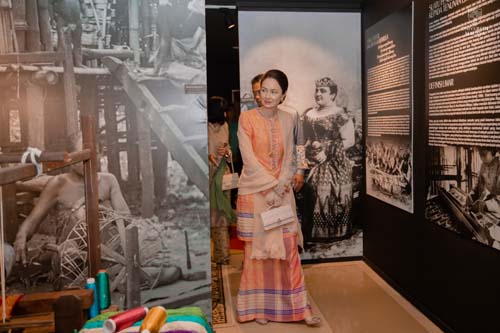
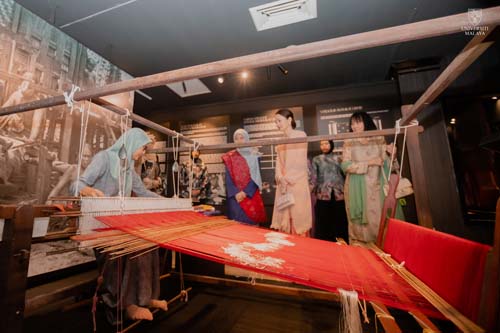
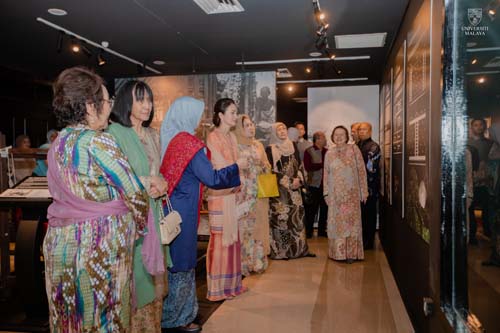
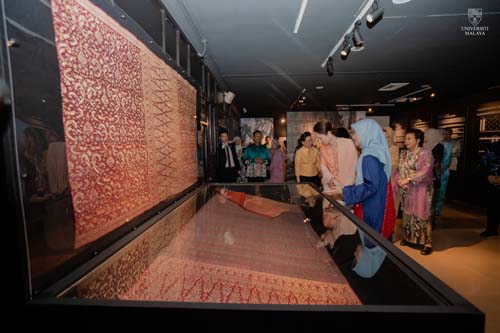
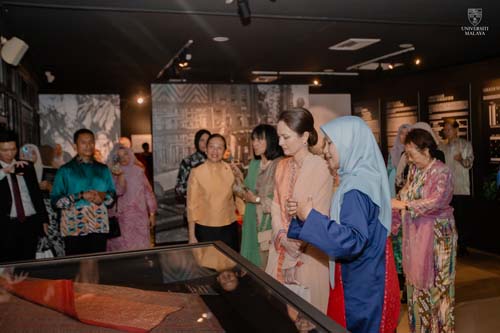
.jpg)
.jpg)
.jpg)
.jpg)
.jpg)
.jpg)
.jpg)
.jpg)
.jpg)
.jpg)
Last Update: 23/05/2024